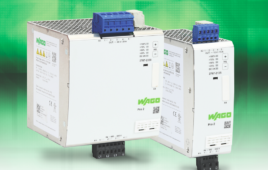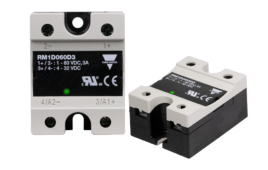Moorpark, CA ‚– Kavlico, a global business unit of Custom Sensors & Technologies (CST) and an operation of Schneider Electric, has two pressure sensors available for pressure measurements for wastewater treatment systems. These sensors meet the NSF/ANSI Standard 61, adopted in October of 1988 for water filtration and wastewater treatment requirements.

Kavlico‚’s P350 pressure sensor can be used to notify personnel at the pumping stations of any irregularities during the pumping process due to either drops or rises in the pump pressure which would be cause for alarm, at which point corrective action would be taken. The Kavlico P356 pressure sensor can be used to monitor flow. Both sensors are often used as part of an early warning system for slow moving or stoppage of movement of wastewater
within the pump line. Monitoring the flow can prevent damage and costly repairs and downtime insuring water flow is uninterrupted.
Kavlico‚’s P350 Water Level and Pump pressure sensor utilizes a ceramic capacitive sense element and measures pressures from 0-5 through 0-150 PSIA or PSIG. It is ideal for water tower level and wastewater systems. The sensors have outstanding shock and vibration characteristics, are EMI/RFI protected, have a linear amplified output of 0.5 to 4.5 Vdc, are suitable for both dry and wet process media, and are temperature compensated, as well as having reverse polarity and over-voltage protection. The sensors are low power consumption devices that have a built-in Metri-Pack 150 electrical connector arrangement with a ‚¼-18 NPT pressure connection.
The P356 is a low differential/gage pressure sensor that also has a ceramic capacitive sense element. The rugged brass housing makes it well-suited for hostile environments. Pressure measurement ranges are from 0.5 to 5 PSIG/PSID. This sensor is also ideal for water tower level and wastewater treatment systems.
The sensor has a linear amplified output of 0.5 to 4.5 Vdc and operates on a supply voltage of 5 Vdc. As with the P350, this sensor is EMI/RFI protected, has over-voltage, reverse polarity and short circuit protection, as well as the capability to operate in high shock and vibration environments.
::Design World::
Filed Under: Sensors (pressure), ELECTRONICS • ELECTRICAL





Tell Us What You Think!